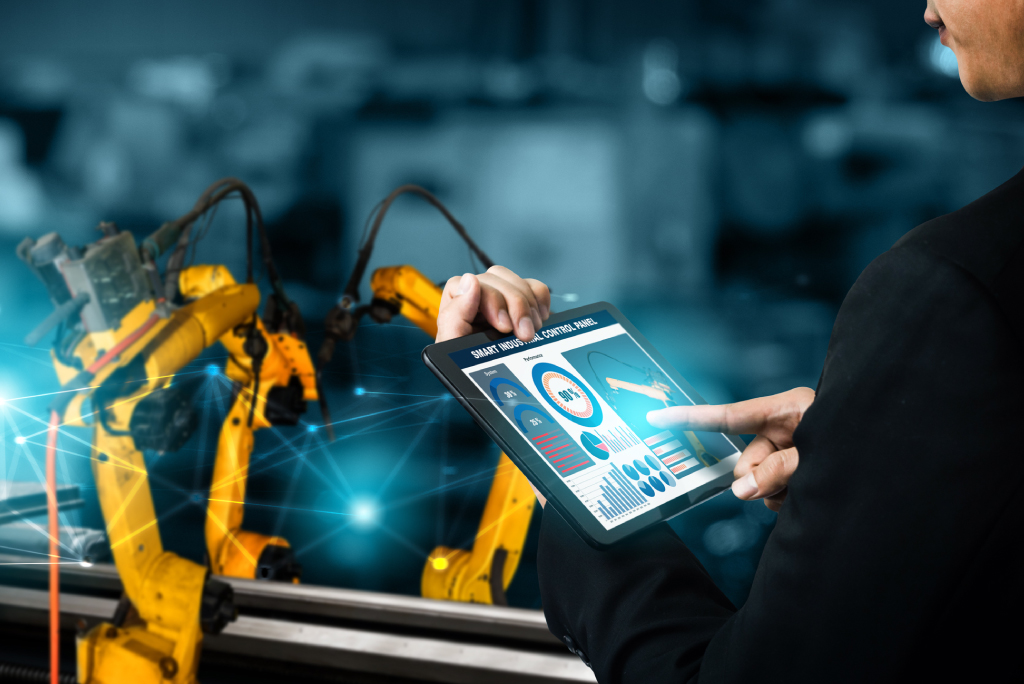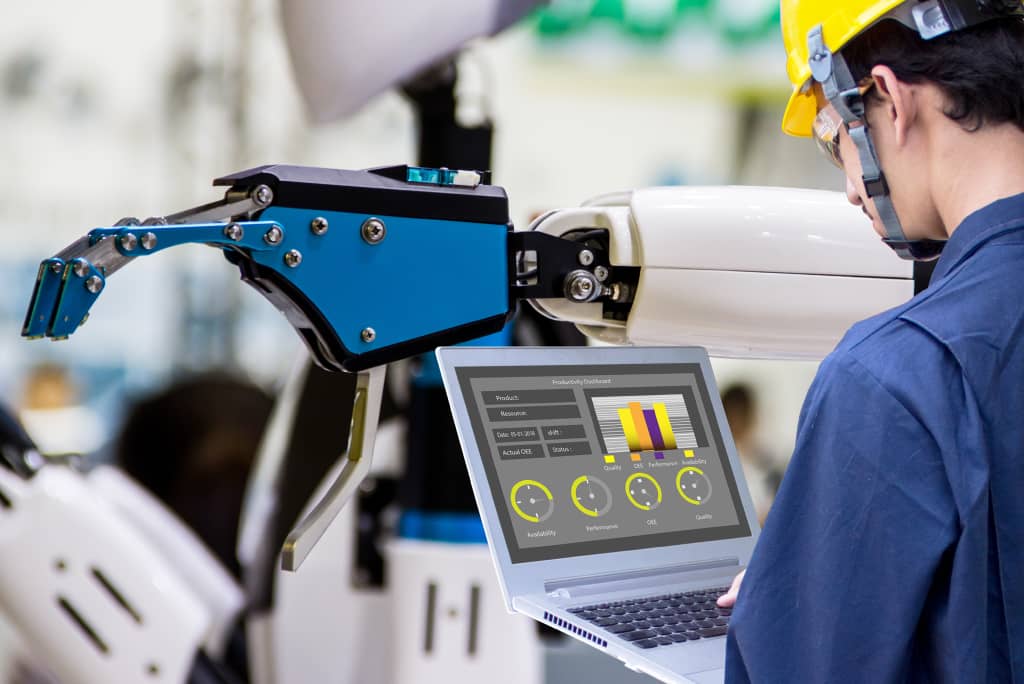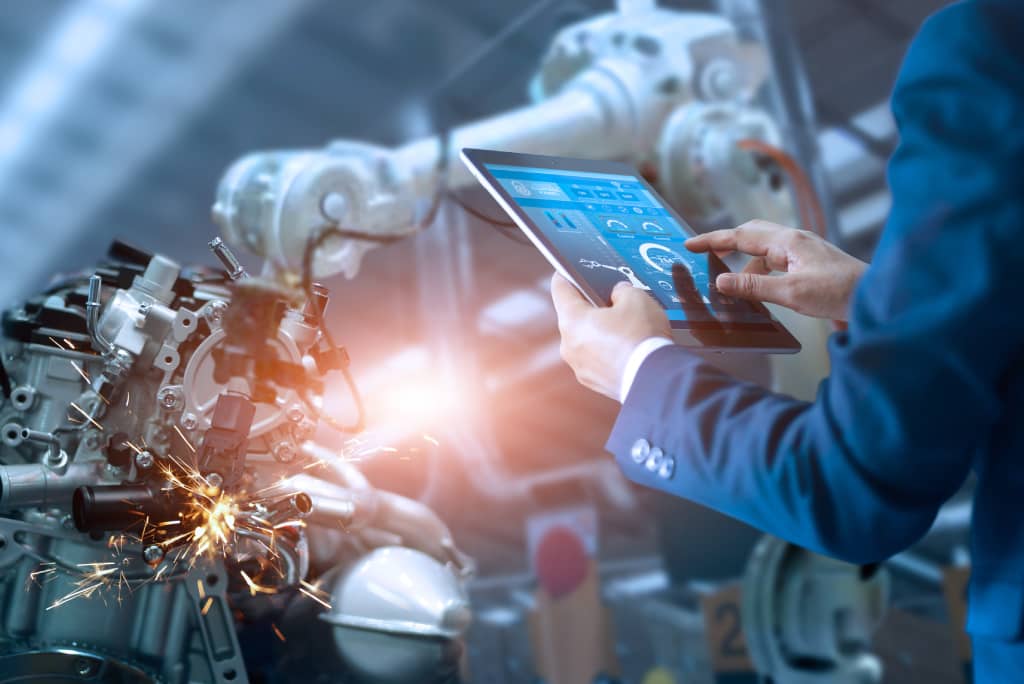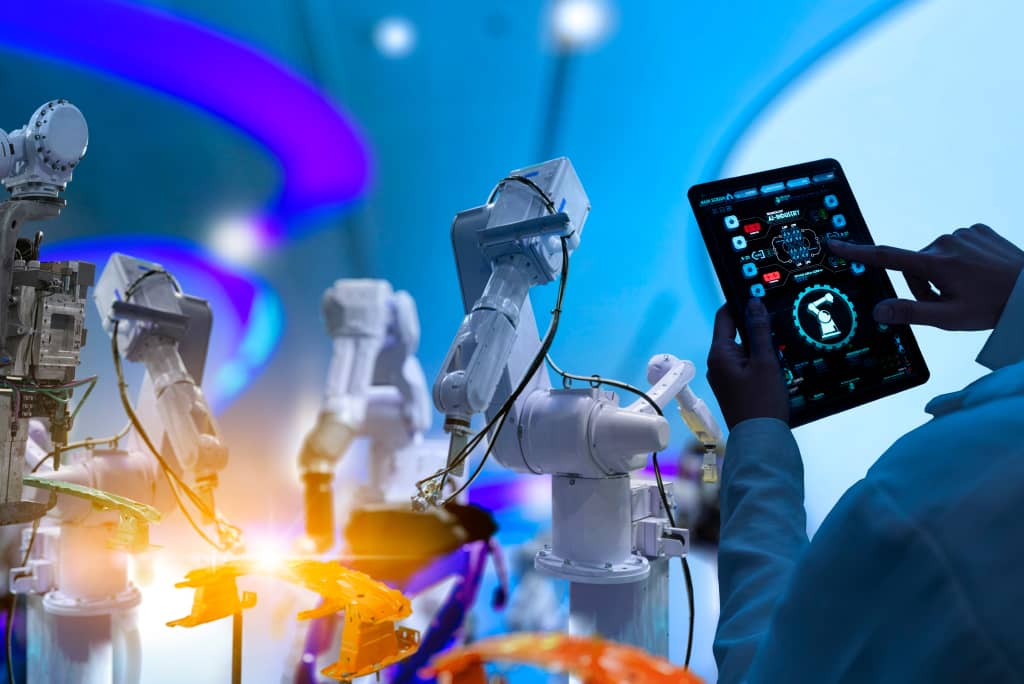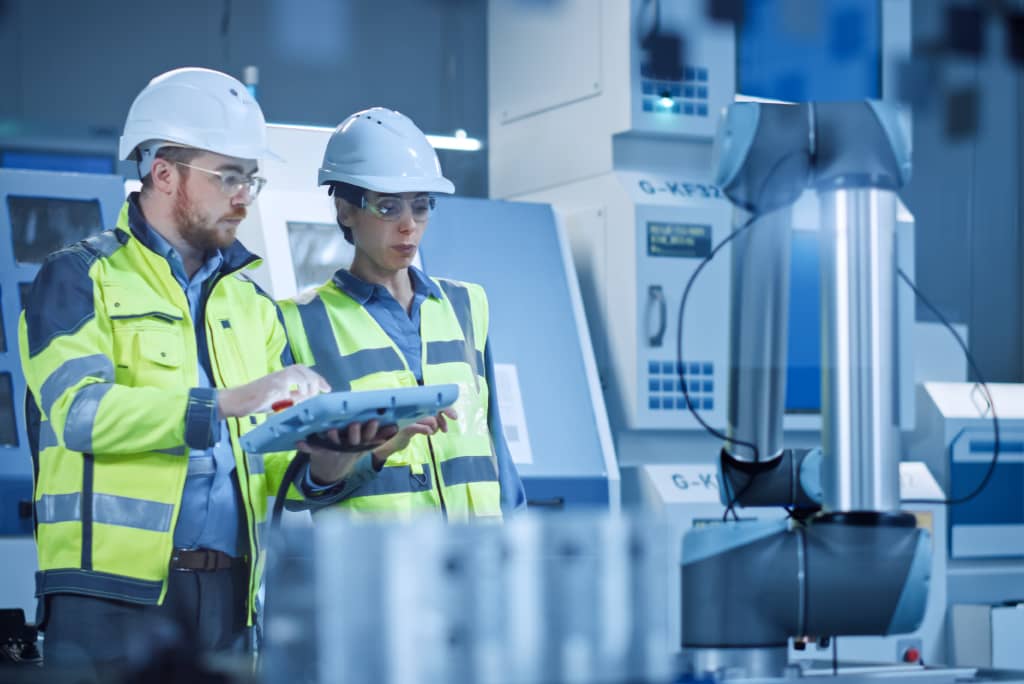RECENT POSTS
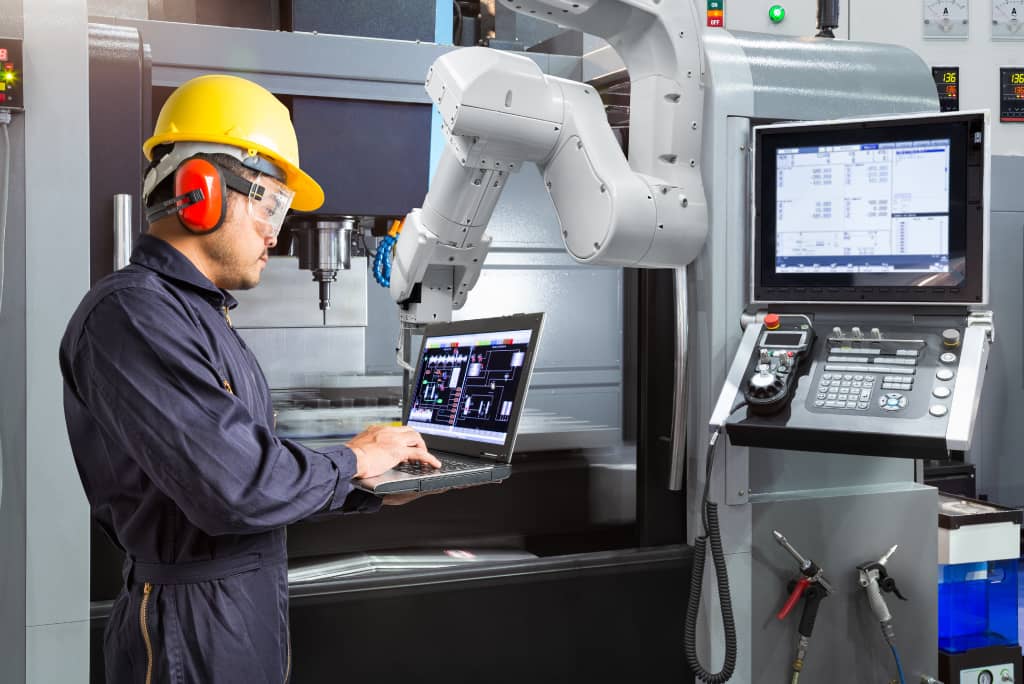
The Best Solutions for Industrial Automation in 2024: What’s Driving Innovation?
Industrial facilities strive to maximize productivity, efficiency, quality, and safety through optimized operations. The most advanced automation solutions available in 2024 promise dramatic gains on all fronts by intelligently controlling interconnected systems enterprise-wide.
New technologies, the requirements of Industry 4.0, and innovation by controls engineering specialists are accelerating automation capabilities. As firms review their strategic plans, here is an outlook on the industrial automation solutions with the highest impacts today.
Enabling Industry 4.0 and Smart Factories
Industry 4.0, the trend toward interconnected cyber-physical systems communicating in real time, demands next-generation industrial automation solution at its core. The vision for “smart” factories brings fully integrated data flows between machines, inventory systems, quality controls, supply chain nodes, and consumer interfaces. This necessitates automation innovation to capture rich data, apply robust analytics, and inform optimal adaptive decisions.
For example, controllers can now adjust manufacturing equipment settings automatically based on predictive algorithms rather than simple process feedback. This boosts quality and yield while minimizing downtime. Materials handling systems can adapt logistics plans based on production schedules and inventory levels monitored through sensors and industrial Internet of Things (IIoT) devices. Every aspect harmonizes for maximum efficiency gains.
The right automation solution makes this continuous analytics-based optimization possible.
Transitioning to Flexible, Agile Production
Many industries face pressures for high-mix, lower-volume production along with customer demands for extreme personalization. Yesterday’s fixed automation lines lack flexibility. Newer automation solutions allow fast changeovers, self-adjustment, and versatile reconfiguring. Holistic digital twins merged with modular machines facilitate agile responses to product changes.
For instance, advanced robotics now feature easy programming adaptations. New conveyor systems reroute and reorient materials dynamically without needing hardware swaps. Automation controllers alter software settings to reshape processes. Together, these underscore why solutions for industrial automation must deliver agile versatility.
Expert engineering also integrates everything into coordinated ecosystems able to seamlessly handle whatever products come down the line.
Elevating Quality Through Machine Vision and Analytics
Automated quality optimization depends on amalgamating sensors, analytics, and responsive systems. Machine vision techniques enable microscopic examinations and identify product and material defects instantly through automated visual inspections not possible manually. Smart cameras connect findings to predictive analytics and machine learning algorithms that classify issues and rapidly take or recommend action when deviations occur.
This machine-based inspection and correction prevents that compromise quality rather than catching them later downstream after much waste. It also reduces returns and improves customer satisfaction.
The Necessity of Safety-First Controls Systems Engineering
New automation technologies offer an abundance of potential benefits, but only proper implementation delivers results. Attempting in-house integration without controls engineering expertise courts project delays or failures. A systematic approach also mitigates safety risks by engineering protective measures into systems from the outset.
Controls engineers adeptly handle the interconnectivity essential for enterprise-level automation. This bridge-building across operational areas (production, inventory, logistics, quality assurance, etc.) allows centralized data monitoring and analytics plus coordinated adaptations in real time. It also contains contingencies if malfunctions or shutdowns ever occur in one section. Partnering with experienced automation engineering specialists ensures infrastructure unity and personnel safety remain top priorities.
What’s Next? Innovation Outlook for Industrial Automation
Upcoming horizons for automation advancement include further development of artificial intelligence and machine learning applications, expanding human-machine interfaces through wearables and collaborative robotics, and refining computer vision capabilities.
As analytics and expanded data streams unlock unprecedented machine autonomy, the need grows for cybersecurity vigilance. Through all ongoing enhancement, automation solutions must remain securely reliable and focused on user outcomes as the technologies progress.
Breakthrough industrial automation both requires and enables the realization of the smart, hyperconnected factories at the core of Industry 4.0. Agility, quality assurance, and safety all rate as automation priorities for innovators inside top controls engineering firms. Careful adoption of the latest automation technologies via experts promises to revolutionize many industries yet again as the future unfolds.
Selecting the Right Automation and Controls Engineering Partner
Implementing next-generation industrial automation necessitates careful selection of an expert controls engineering team. Top firms exhibit key characteristics automation solution seekers should look for:
- Specialization and experience specifically in industrial automation, smart controls, and optimized data flows. General IT expertise differs greatly from engineering interconnected cyber-physical systems with analytical components.
- Proven expertise spanning electrical, mechanical, software, sensor integration, data science, and safety engineering. The breadth and depth of knowledge influence automation solution efficacy.
- Demonstrated innovation, not just adopting existing technologies but advancing automation capabilities. Cutting-edge firms move the industry forward around emerging techniques in machine learning, computer vision, collaboration robotics, and human-machine connectivity.
- Precision consultation abilities, both technically and holistically, for operational goals. Beyond superb engineering, projects succeed through aligning around clear objectives, metrics, and user requirements.
- Strong track record with complex multi-system automation environments with tangled legacy operations or highly specialized needs. Evaluate industry-specific challenges addressed.
- Emphasis on cybersecurity resilience to guard availability, system health visibility, and data integrity.
When investigating controls engineering teams, look for outstanding expertise across electrical, software, mechanical, quality, and safety domains, paired with innovation mindsets prioritizing your most vital performance targets and user protections through automation.
For industrial automation solutions, contact Pacific Blue Engineering today at (657) 201-8603 or request a consultation online.
similar posts
Certifications
Contact Us
Telephone:
Corporate Office “The Shop”
Pacific Blue Engineering, LLC
2880 Orange Ave
Long Beach, CA 90755
© All contents copyright © 2023 by Pacific Blue Engineering

